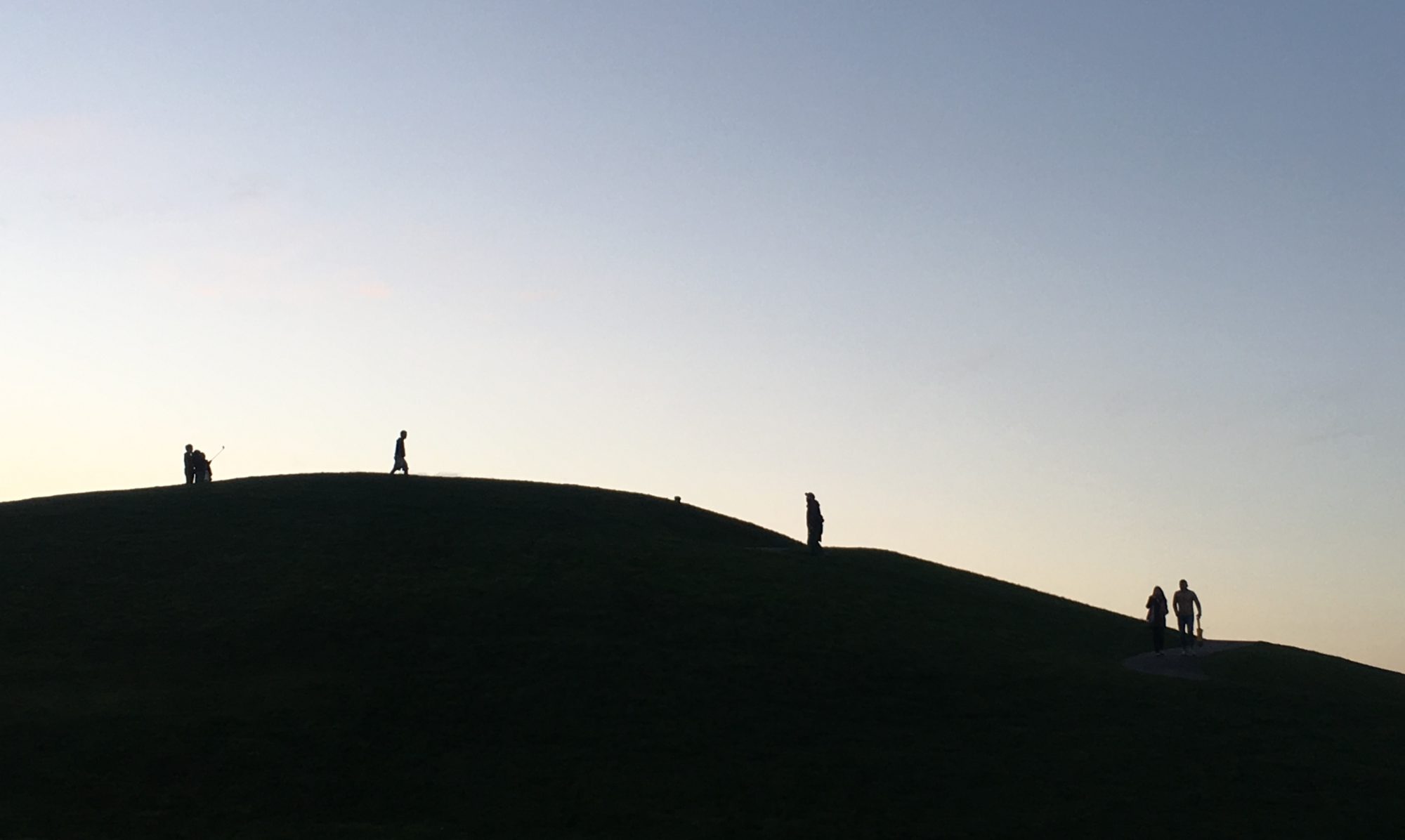There are times when, rather than discovering new and interesting things, is it good to be reminded of important things that you already know. For me, a recent trip to the movies with my daughter was just such an occasion, as we watched A Complete Unknown, the newly released Bob Dylan biopic directed by James Mangold. It was good, better than I had expected, and I plan to go again: there was a movie I seen onetime / I think I sat through it twice.
The film’s title is partly a joke about the very familiarity of its subject, for the story of the nineteen-year old Dylan’s arrival in New York in 1961 and the miraculous series of songs he wrote there in his early twenties is already well known. Martin Scorsese’s 2005 documentary film No Direction Home covers the same period in Dylan’s life, and both filmmakers borrow their titles from the chorus of his most famous and important song, written at that time: How does it feel / How does it feel / To be on your own / With no direction home / Like a complete unknown / Just like a rolling stone.
Continue reading “The unwashed phenomenon”